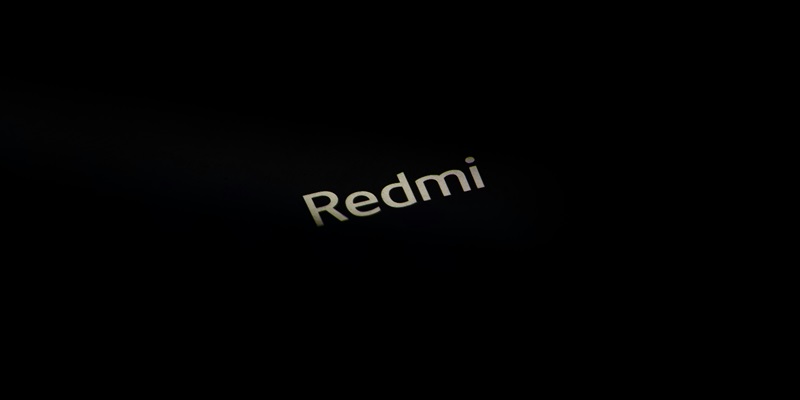As Xiaomi prepares to unveil its new budget-friendly tablet, the Redmi Pad SE 8.7, the anticipation is palpable in the tech community. The device is set for official release on July 29, 2024, and excitingly, its complete specifications have already been disclosed by the renowned leaker Sudhanshu Ambhore. With compact dimensions of 211.58 x 125.48 x 8.8 mm and a lightweight build of just 375 grams, the tablet is underpinned by a 6,650 mAh battery. This substantial battery, which supports recharging up to 18W via a USB Type-C port, significantly contributes to the device’s portability without compromising on power.
Impressively Engineered Display and Camera Features
High-Quality Display for Enhanced Viewing
The Redmi Pad SE 8.7 features an 8.7-inch LCD display with a resolution of 800 x 1,340 pixels, providing clear and vibrant images for users. With a peak brightness of 600 nits, the display is well-suited for outdoor use, producing bright visuals even under direct sunlight. Additionally, the screen’s DC dimming helps to reduce flicker, safeguarding users’ eyes during prolonged usage. Furthermore, the 90 Hz refresh rate ensures smooth and responsive touch interactions, enhancing the overall user experience, especially during gaming and video playback.
A standout attribute of this display is its TÜV Rheinland Low Blue Light and Flicker-Free certification, which designates the screen as safe for extended viewing periods. These certifications ensure that the display minimizes harmful blue light emissions, thus reducing eye strain and promoting visual comfort. Combined with a contrast ratio of 1,500:1, the screen offers deep blacks and bright whites, enriching the visual quality of media content. This robust set of features makes the Redmi Pad SE 8.7’s display a compelling component for entertainment and productivity.
Versatile Camera Capabilities for Everyday Use
The photographic capabilities of the Redmi Pad SE 8.7 are modest yet functional for daily use. The tablet includes a 5 MP front-facing camera, ideal for video calls and selfies, while the 8 MP rear camera meets the needs of casual photography and scanning documents. Both cameras are capable of recording 1080p videos at 30 frames per second, allowing users to capture and share high-definition content with ease. Despite not being the primary selling point of the device, these well-rounded camera features cater adequately to the basic imaging requirements of most consumers.
Underneath its straightforward design, the camera system is optimized for practicality and user convenience. The rear camera’s 8 MP sensor ensures sufficient detail and clarity for everyday snapshots, making it suitable for typical social media posts and routine documentation. Meanwhile, the 5 MP front camera serves well for video conferencing, a crucial feature in today’s remote communication era. Therefore, while the Redmi Pad SE 8.7 may not be aimed at photography enthusiasts, it provides ample functionality for standard use scenarios.
Performance and Market Positioning
Balanced Performance with MediaTek Helio G85
At the heart of the Redmi Pad SE 8.7 lies the MediaTek Helio G85 chipset, a 12 nm processor that effectively balances cost and performance. Although it does not surpass the Qualcomm Snapdragon 680 found in the existing Redmi Pad SE in benchmarks, the Helio G85 is a reliable choice for budget tablets. It effectively handles everyday tasks such as browsing, video streaming, and casual gaming. The tablet is designed to deliver a smooth user experience without a hefty price tag, making it an ideal addition to the budget tablet segment.
The inclusion of this chipset underscores Xiaomi’s strategy of optimizing performance while keeping the overall cost manageable. The Helio G85, coupled with the tablet’s sizable battery and efficient power management, ensures extended usage without frequent recharges. This approach makes the Redmi Pad SE 8.7 suitable for work, study, and entertainment. Additionally, its compact form factor and lightweight design enhance portability, catering to users who require a practical and mobile device for their daily activities.
Strategic Market Positioning as a Budget Tablet
As Xiaomi gears up to launch its latest affordable tablet, the Redmi Pad SE 8.7, excitement is running high within the tech circles. Scheduled for an official release on July 29, 2024, the tablet’s full specifications have already been revealed by the reputable leaker Sudhanshu Ambhore, stirring a buzz. Measuring 211.58 x 125.48 x 8.8 mm and weighing only 375 grams, this compact device boasts a robust 6,650 mAh battery. It supports fast recharging up to 18W through a USB Type-C port, enhancing its portability without skimping on performance.
The Redmi Pad SE 8.7 is expected to deliver an impressive blend of functionality, design, and value, making it a tempting option for budget-conscious consumers. Its compact design makes it perfect for on-the-go use, offering ample power and battery life for everyday tasks. With Xiaomi’s reputation for high-quality yet affordable tech products, this tablet is poised to capture significant attention and preference in the market. As consumers eagerly await the unveiling, the anticipation continues to build, promising a strong reception for Xiaomi’s newest addition to their tablet lineup.

